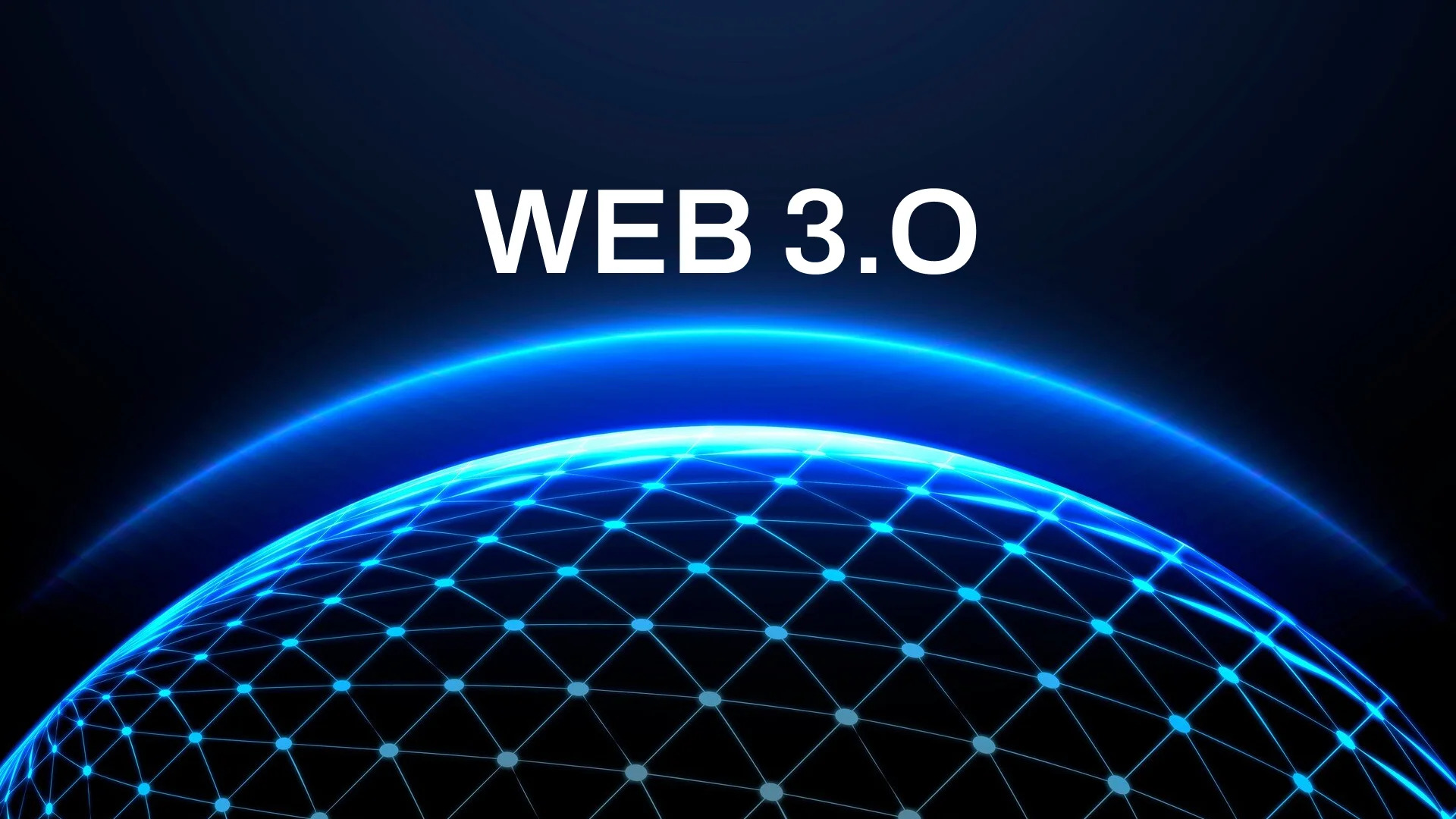Invention and technology have transformed our planet. The Internet changed tech. Many scientists, computer engineers, and programmers built it as a massive information and communication hub. Web 3.0 combines various Internet evolutions. Meanwhile, blockchain’s role in Web3 has shown dApps’ promise in Web 3.0. Web3 offered transparent, immutable, and decentralized apps. Understanding how dApps may increase Web3 is vital.
What Is Web 3.0?
Before addressing Web 3.0 dApps, define them. The third-generation Internet lets websites and applications analyze data effectively. AI, big data blockchain, and machine learning may allow new digital apps. Only by examining Web 3.0 essentials can you understand web3 dApps. Web3 will require universal applications on many devices and software to improve business and leisure.
Key Features Of Web 3.0
Blockchain storage and distributed ledgers are essential for data decentralization and security. Web3 users may control data on a decentralized web. Decentralized infrastructure and application platforms may replace tech firm models. Studying the Web3 environment, which supports decentralized apps, may help explain Web 3.0 decentralized apps.
Semantic Web
Web3 relies on the semantic web, which prioritizes message meaning and emotion. The semantic web may teach computers data-meaning projects. It aids AI in developing data consumption scenarios.
3D Graphics
Web 3.0 dApps change the web from two to three dimensions. New Web3 websites, services, and applications must be immersive and 3D, defining dApp design.
Artificial Intelligence
AI and machine learning would rule web3. AI can build web3 dApps that collect customer feedback to enhance products and assets. AI can also identify trustworthy and incorrect data sources to provide accurate information.
Availability
Web3 provides location-independent digital experiences. A similar emphasis applies to web2’s top social media networks. When thoroughly examined, web3’s next update will allow digital service access on any device, including IoT.
Why Decentralized Apps Are Important
To discuss Web 3.0 dApps, decentralized applications must be understood. Although technology progresses quickly, most advancements attempt to enlighten us. Many applications for cell phones and PCs let us access complex services. Users must provide apps access to their sensitive data.
Users must disclose their location, contacts, photos, and other personal information when using the applications. These data may show user preferences and activity patterns. Consider the hazards, even if sending your data to trusted central parties sounds safe.
Companies modify advertising using personal info. Content is presented to company-beneficial users. Decentralized apps (dApps) may remove commercial mediators and provide content-free service access. Top web3 dApps show how to use digital services without losing their accounts. Most significantly, dApps safeguard personal data.
The Value Of dApp Decentralization
Popular digital trends include blockchain-based decentralized applications (dApps). dApps may remove one company’s user control, preventing privacy invasion. App users control and manage their data and establish sharing policies. To avoid service interruptions, Web3 dApps would be disseminated.
DDoS attacks reduce system downtime, and dApp network hacking is limited without data in vaults. Decentralized applications are permissionless and censorship-proof. Thus, customers may use any decentralized software. DApps provide total decentralization with extreme transparency and trustlessness.
Applications For dApps In The Web3 Landscape
Web 3.0 decentralized app use scenarios are discussed. It is necessary to fully understand how dApps increase value across industries. Several disciplines have significant dApp applications.
Social Media Apps
Web3 dApps examples start with social media. Like Instagram and Facebook, most social media platforms are daily necessities. They save user data, and due to data security concerns, social media applications must be decentralized.
As social media networks, DApps may enhance data control. See user privacy and data security improvements. The absence of a central authority reduces data theft and leak concerns. Steemit and Sapien are popular dApp social networks.
Cloud Storage
Examples of Web 3.0 cloud storage use highlight dApps’ relevance. AWS and other data storage systems are becoming centralized, making data updates and transmissions more possible without user consent. Avoid centralized servers with decentralized data storage.
Encrypted distributed file systems hold decentralized application data. Data fragmentation is another important aspect of cloud storage dApps. Users may recover portions as required. Cloud dApps Sia and Storj store data.
Browsers
One fascinating Web 3.0 dApp would showcase browsers. Because Firefox and Google are centralized, they may store user data, including location, social media accounts, passwords, and more. Decentralized browsers are needed for Web 3.0. ‘Decentralization’ is simple. Decentralized browsers like Brave Power Web 3.0.
Streaming Applications
Web3 dApps will encourage enjoyment as the globe embraces decentralized networks. Spotify, Netflix, Prime Video, and YouTube are centralized streaming applications. Centralized platforms may manage user content and target adverts.
Music and video streaming applications now benefit from dApps. First, copyright concerns may be handled while content creators are appropriately compensated. The music and video streaming dApps LBRY and UjoMusic are famous.
Messaging Applications
Messaging is the fourth and most significant dApp use case. Understanding Web 3.0’s private, decentralized communications makes dApps crucial. About 3 billion people use messaging apps, sending 145 billion messages daily. Web3 communications must be secure to avoid privacy intrusions, data invasions, and cyberattacks. The most promising Solana blockchain messaging dApp is Secretum.
Conclusion
Decentralized applications are relevant beyond decentralization in Web 3.0. Decentralized applications improve security and value in many situations. Traditional cloud storage and streaming are evolving.
DApps’ conventional service modifications may facilitate the Web 3 transition. Enterprises are progressively understanding that dApps are essential for the Web 3 revolution’s development. Web 3.0 requires best practices for businesses. Before adopting Web 3.0 dApps, study decentralized applications.




